Colour Perception
Colours not only develop different effects in a room, but also influence our personal mood and convey joie de vivre. In general, coloured walls appear less distant than white walls. To achieve this effect, you can either paint all the walls colorfully or paint just one wall as an accent. Instead of pure white, you can also opt for a subtle shade of cream or light beige.
But colours also convey different meanings. There is a warm colour perception and a cold colour perception. Colours can thus trigger feelings and associations, which is often combined under the term colour effect.
Everyone subconsciously reacts to colours, the colour effect is a very personal thing and is based not only on the objective experiences but also on those of the viewer.
In order to give a brief overview of the colour effect, we will briefly present individual colour groups.
Red Tones
No colour is as present and intense as red. Shades of red attract attention, but at the same time red is also a colour of extremes, it stands for attraction and warning at the same time. It is a very powerful, dynamic color that, depending on the shade of red, can give a room a cozy flair or a modern touch.
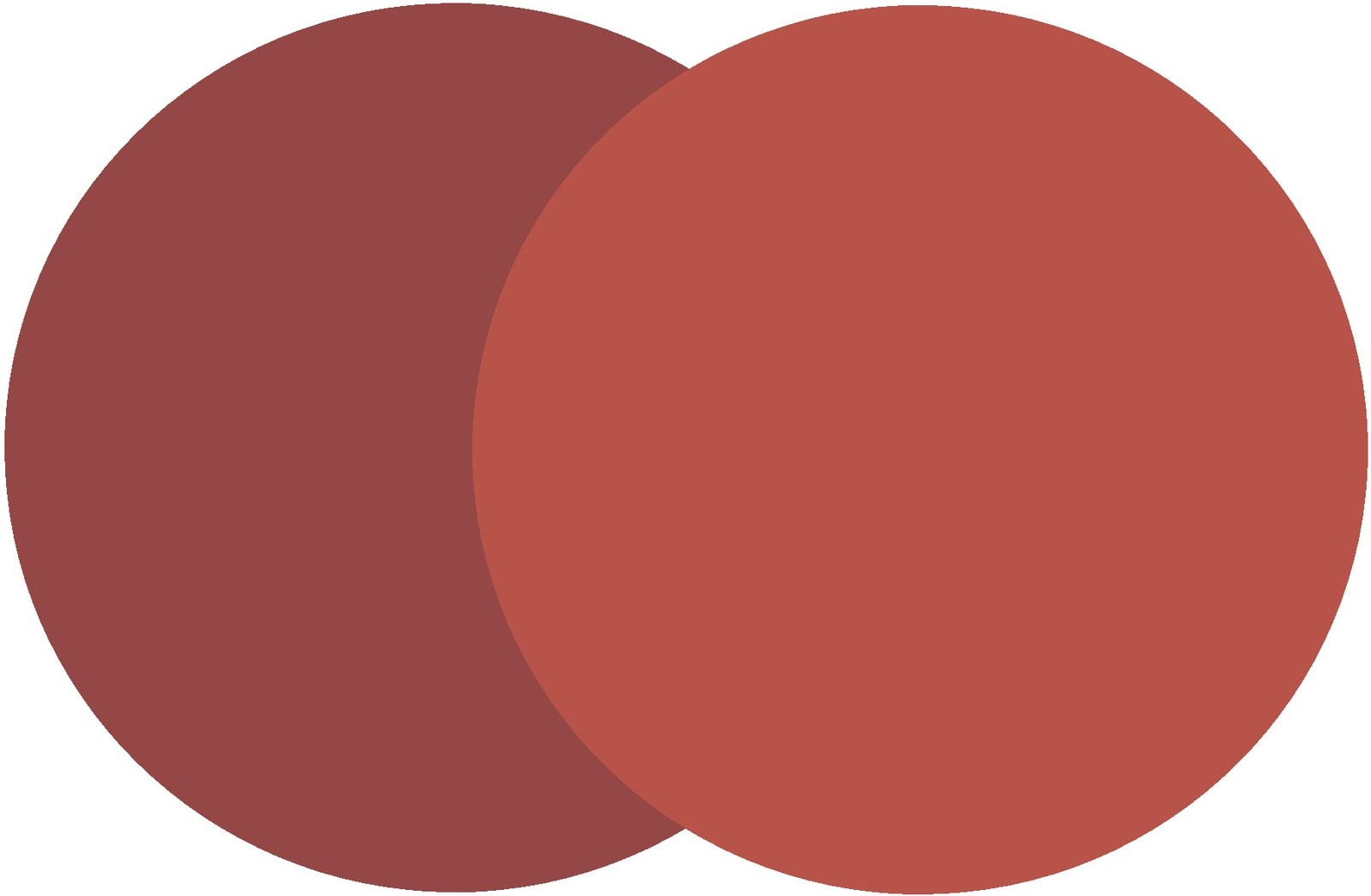
Yellow Tones
Yellow is the lightest and most vibrant of all colors. Shades of yellow appear cheerful and happy and stand for summer, sun and a good mood. Due to their warmth, yellow tones can make even dark rooms appear friendlier.
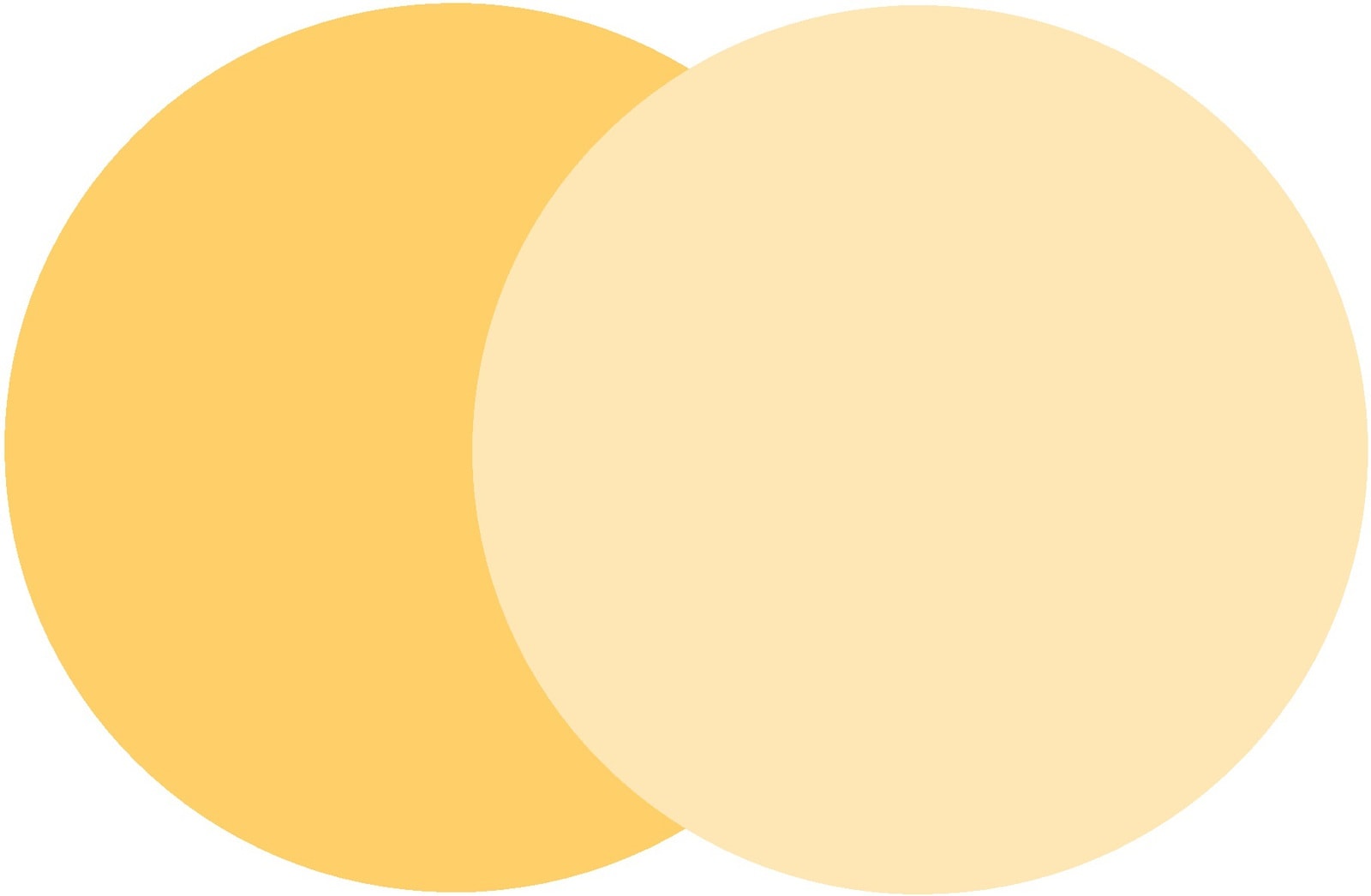
Orange Tones
Orange is a mixture of red and yellow and is therefore strong, cheerful and invigorating. Strong orange tones stand for joy and courage. But delicate peach tones also give a room warmth and energy, which makes you feel more comfortable immediately.
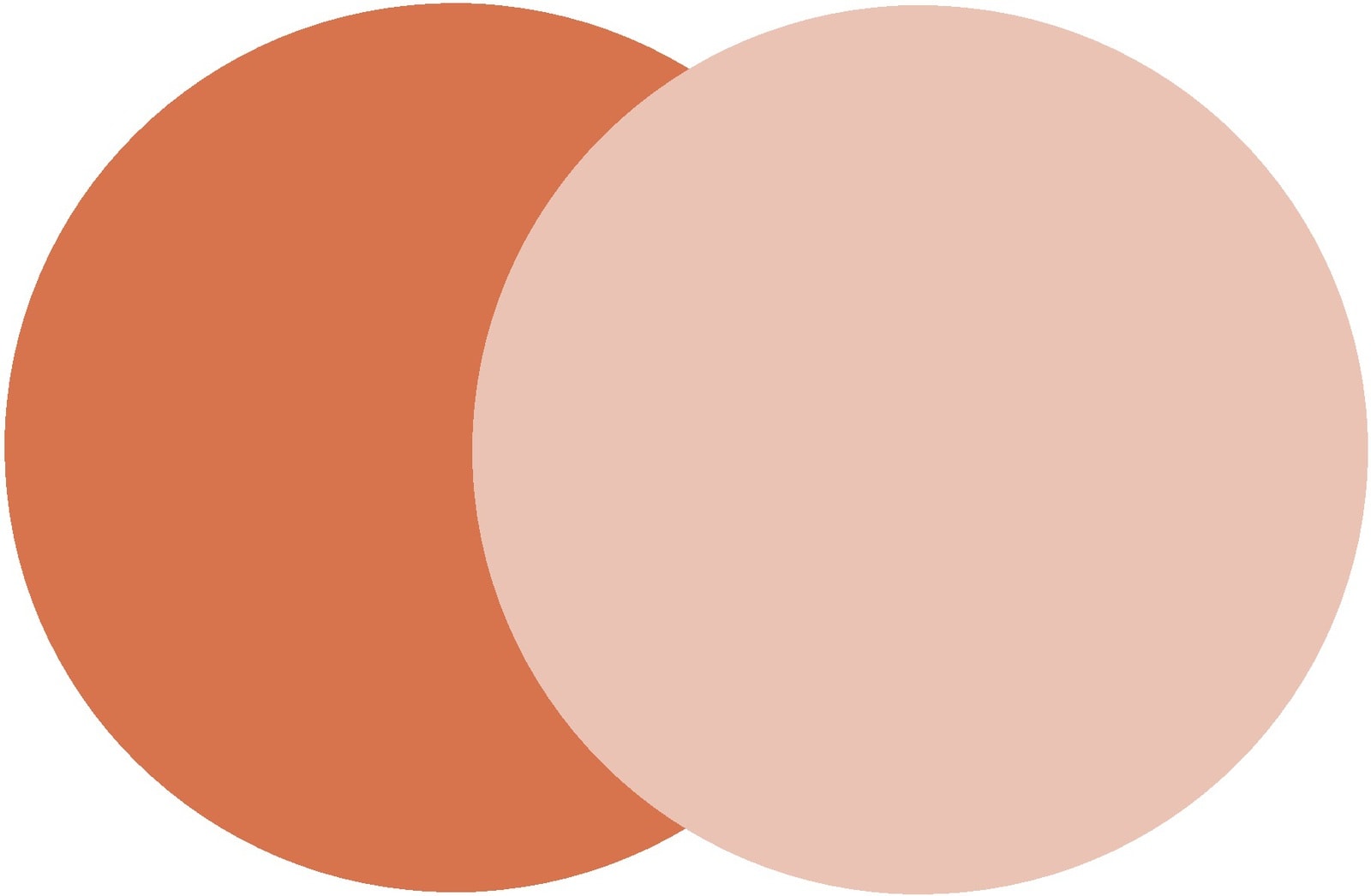
Blue Tones
Blue is considered to be sober, matter-of-fact, but also trusting and calming, which comes from the association with the sea or the sky. You can suggest different perceptions through the different nuances, whether a cool pastel blue or a warm, dark midnight blue.
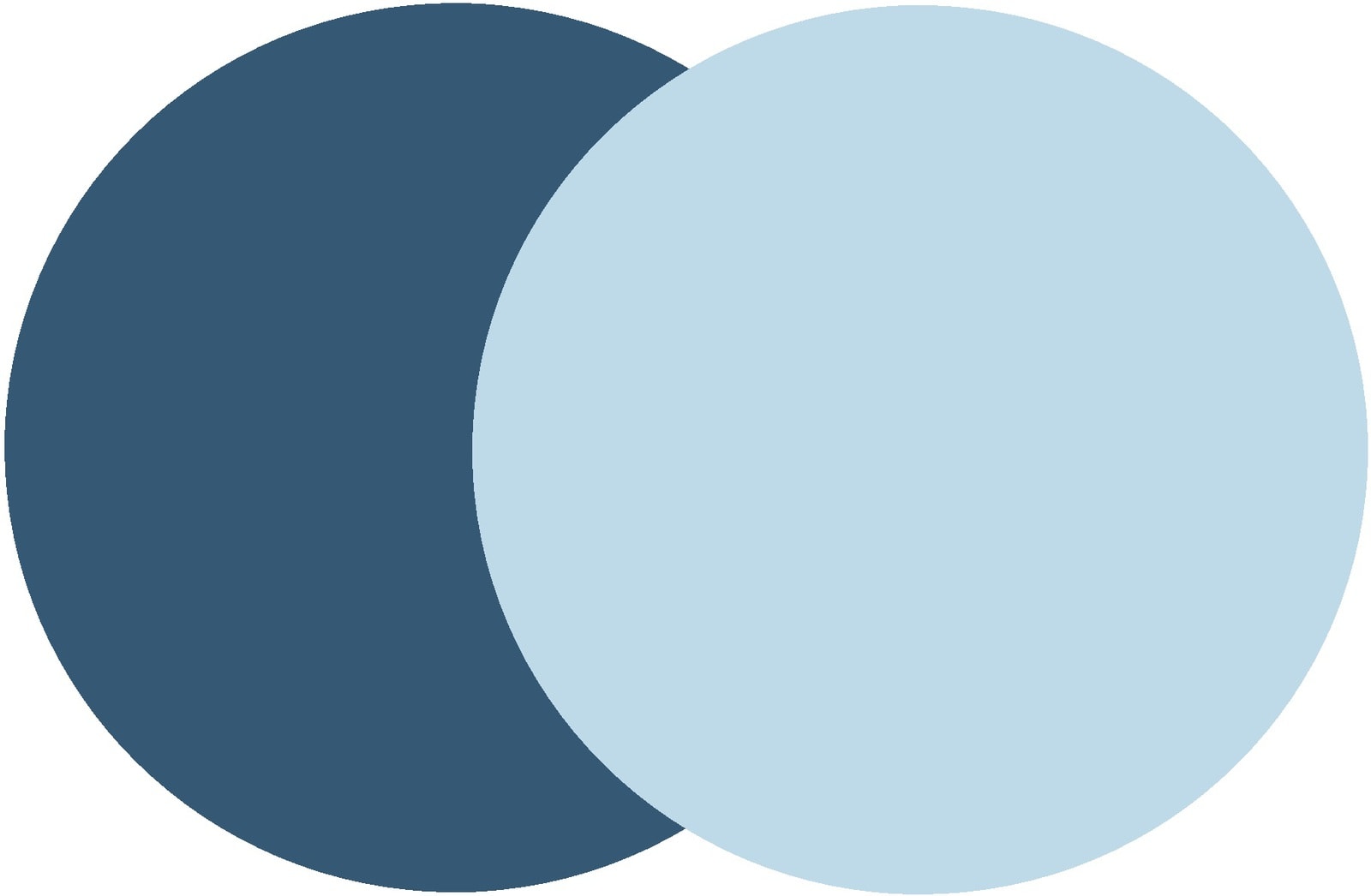
Green Tones
Green is a natural color and therefore stands for life and growth. A mixture of yellow and blue, shades of green can create a warm and cozy or subtle and cool mood, depending on the nuance. Regardless of that, shades of green always have a calming effect.
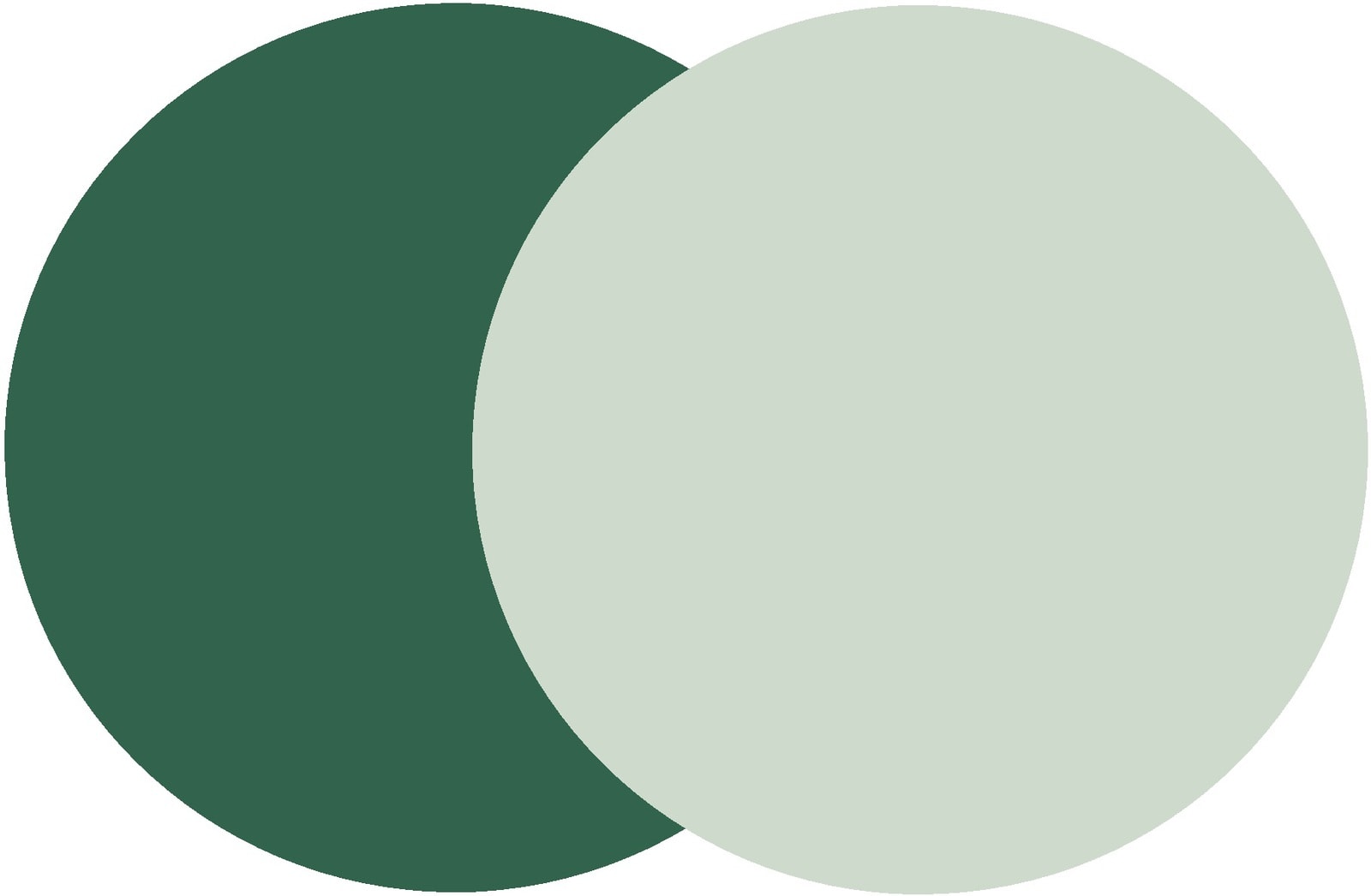
Violet Tones
In violet, the warmth of red and the coolness of blue meet. This interesting mix can give a room a creative, spiritual, but also luxurious aura.
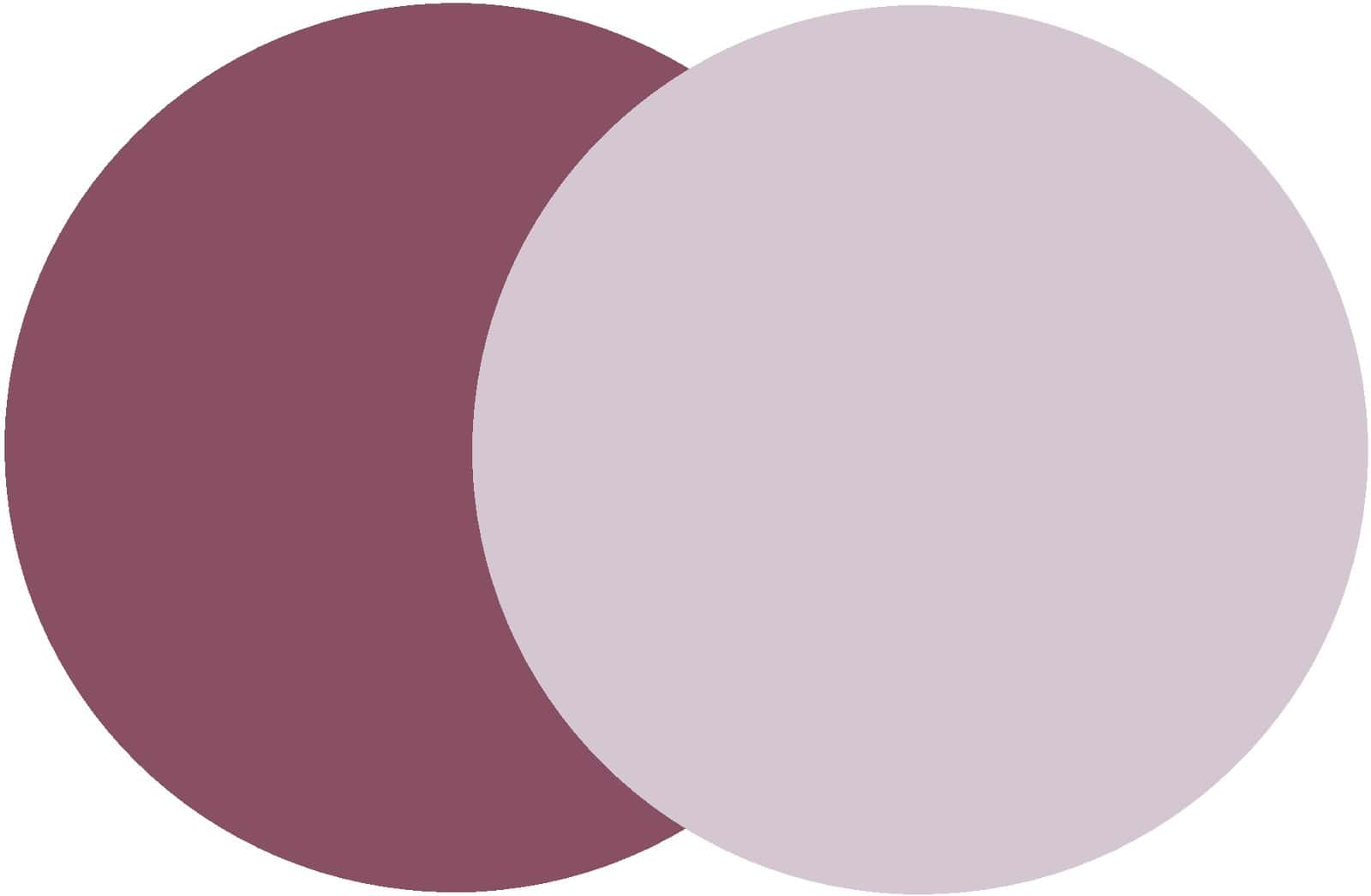
Gray Tones
Gray is a neutral color that basically has no emotional effect. However, through the different additions of certain pigments, certain moods in rooms can also be created with gray tones, such as a cool touch with a pale blue-grey or a warm touch with a so-called “greige”, a mixture of gray and beige.
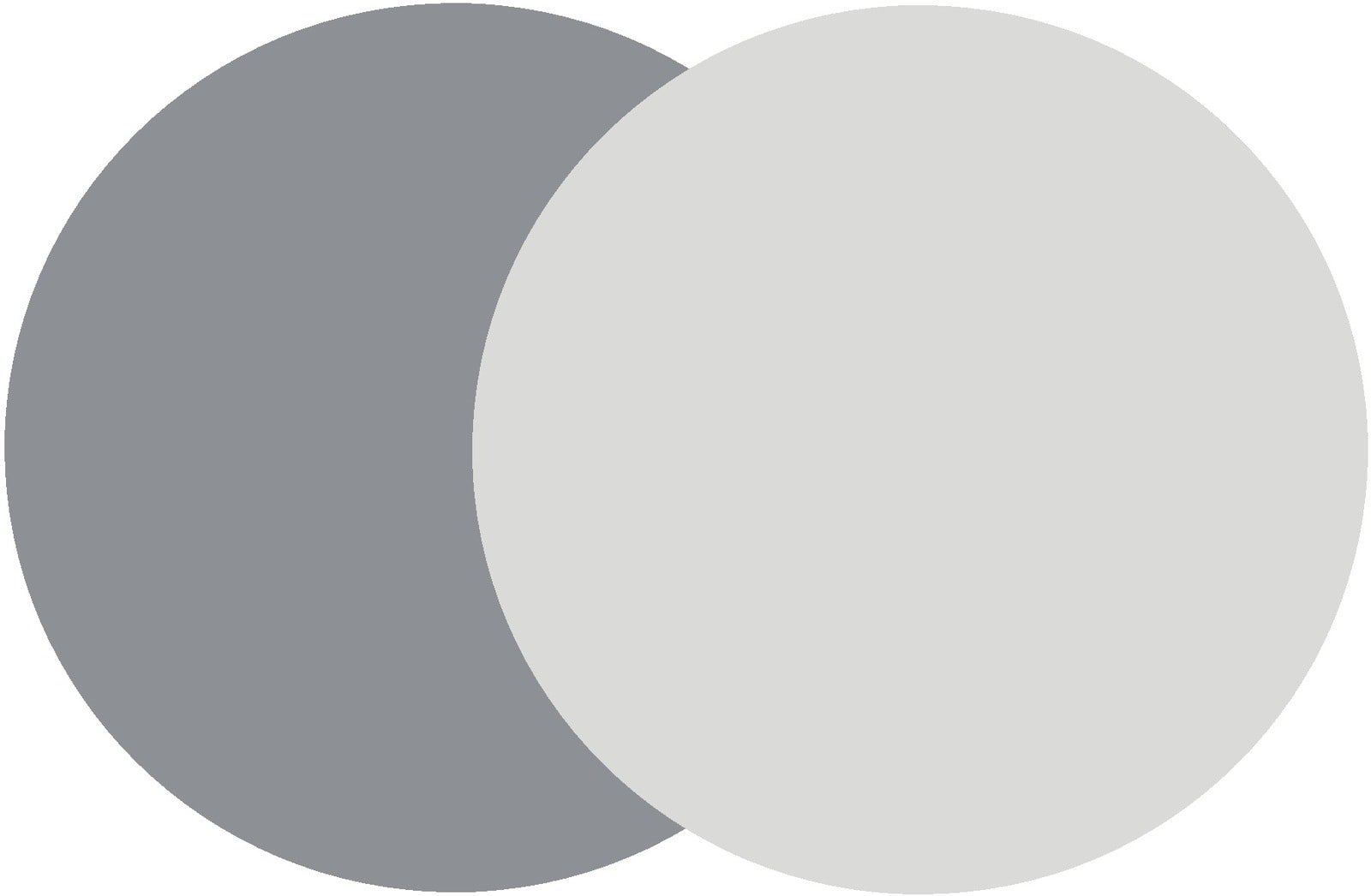
Brown Tones
Brown is also a natural color and stands for reliability and down-to-earthness. Shades of brown are warm, friendly and make a room look cozy.
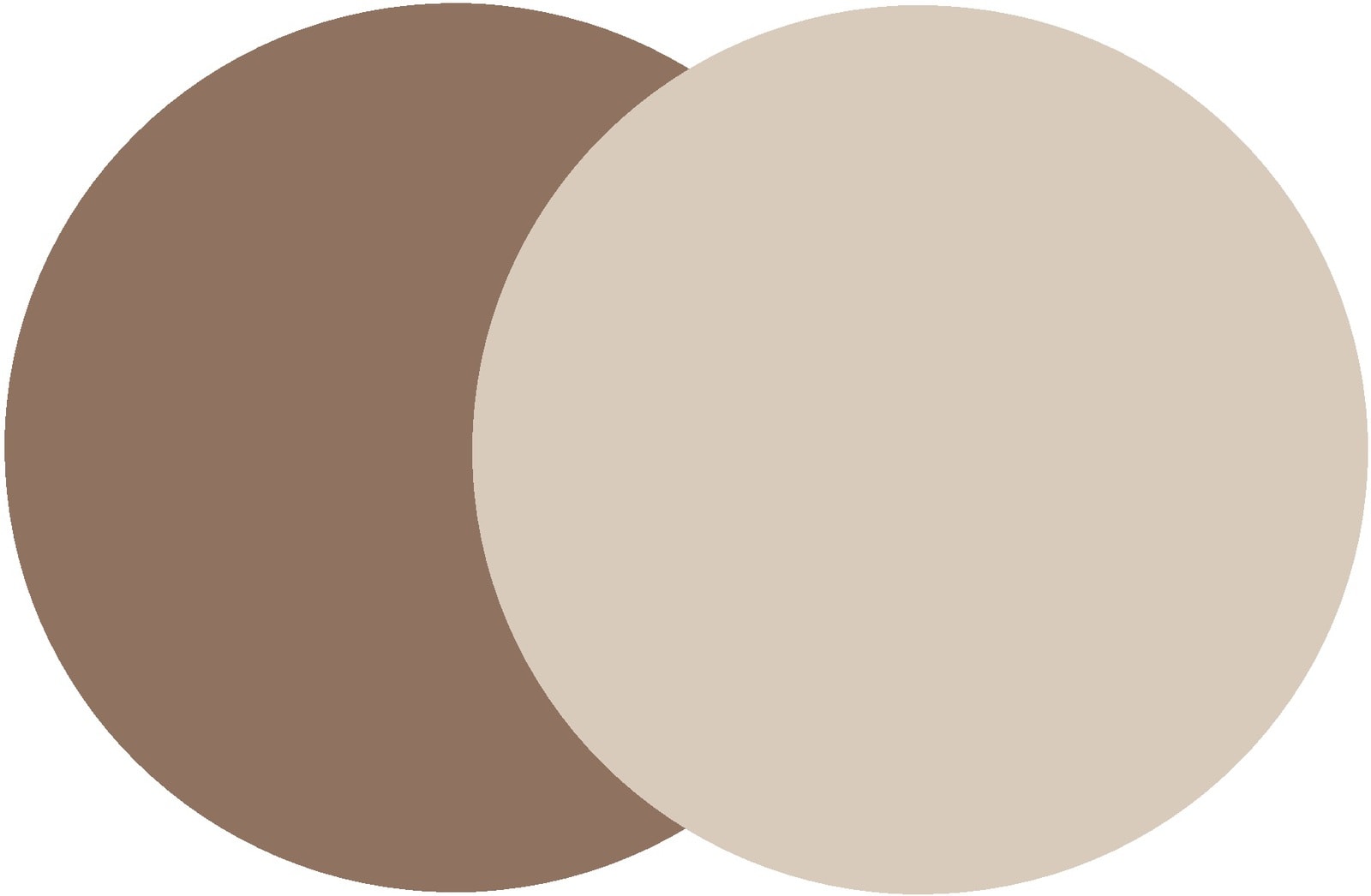
Room Perception
To illustrate how paint on walls can change the look of a room, we have created a few variants that we would like to present here.
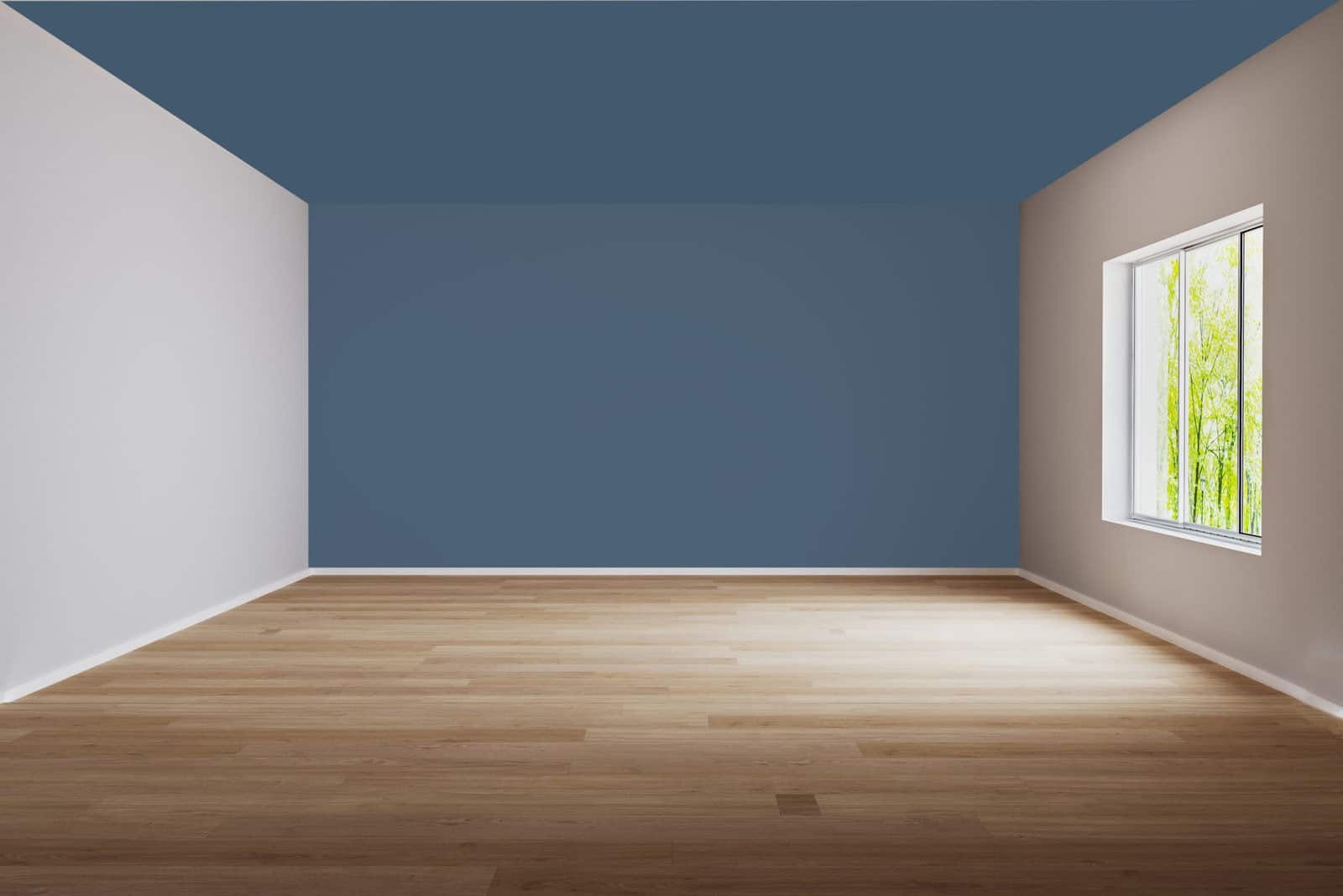
Ceiling and back wall painted dark
To visually stretch a room, you only paint the ceiling and the back wall of a room dark, giving the room more depth. This variant is particularly suitable for small rooms, as it makes them appear longer.
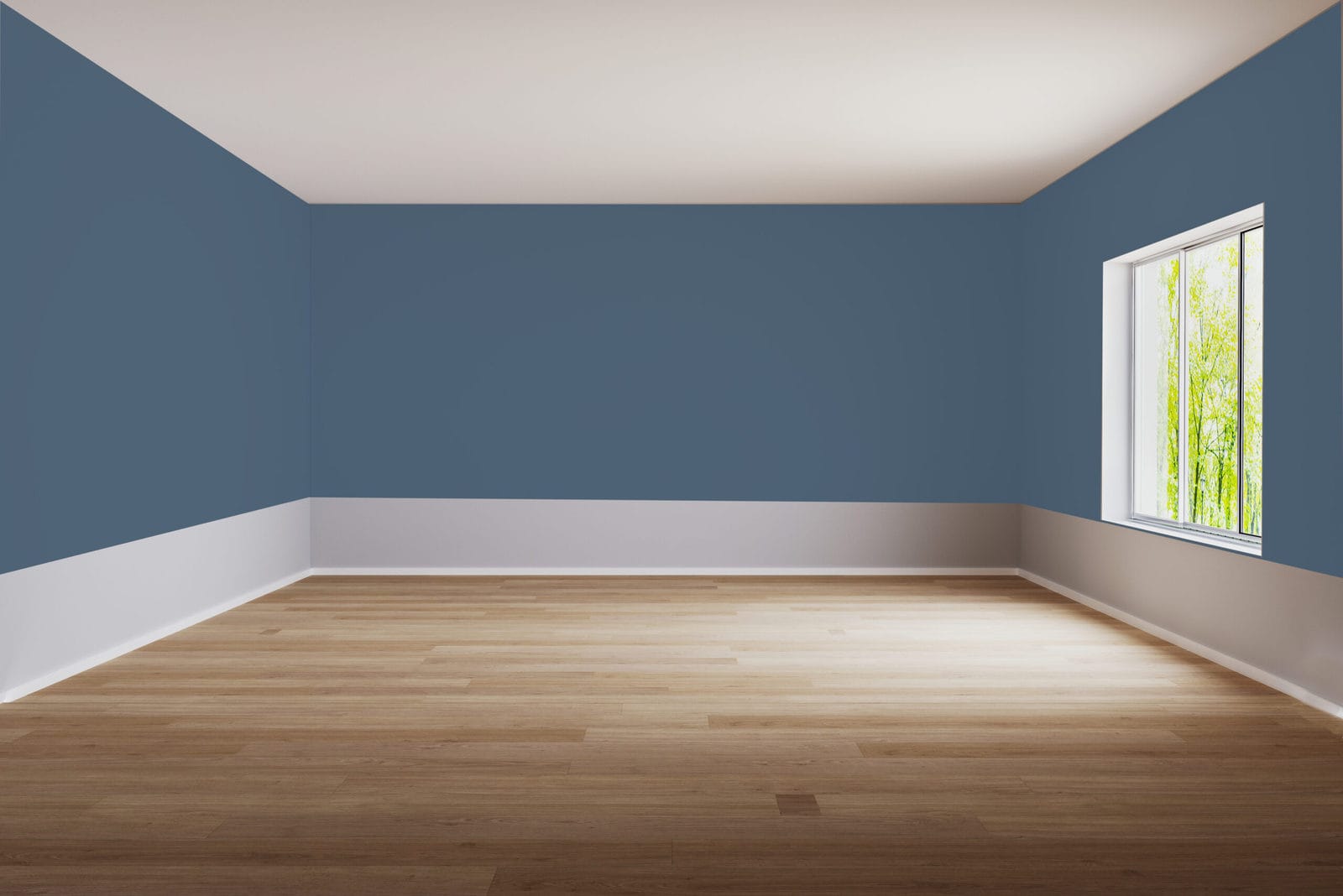
Walls painted dark with white border below
If you paint your walls dark, but leave a light border below, you can achieve the effect that a room appears wider and therefore wider. In combination with a light ceiling, the room appears larger and airier.
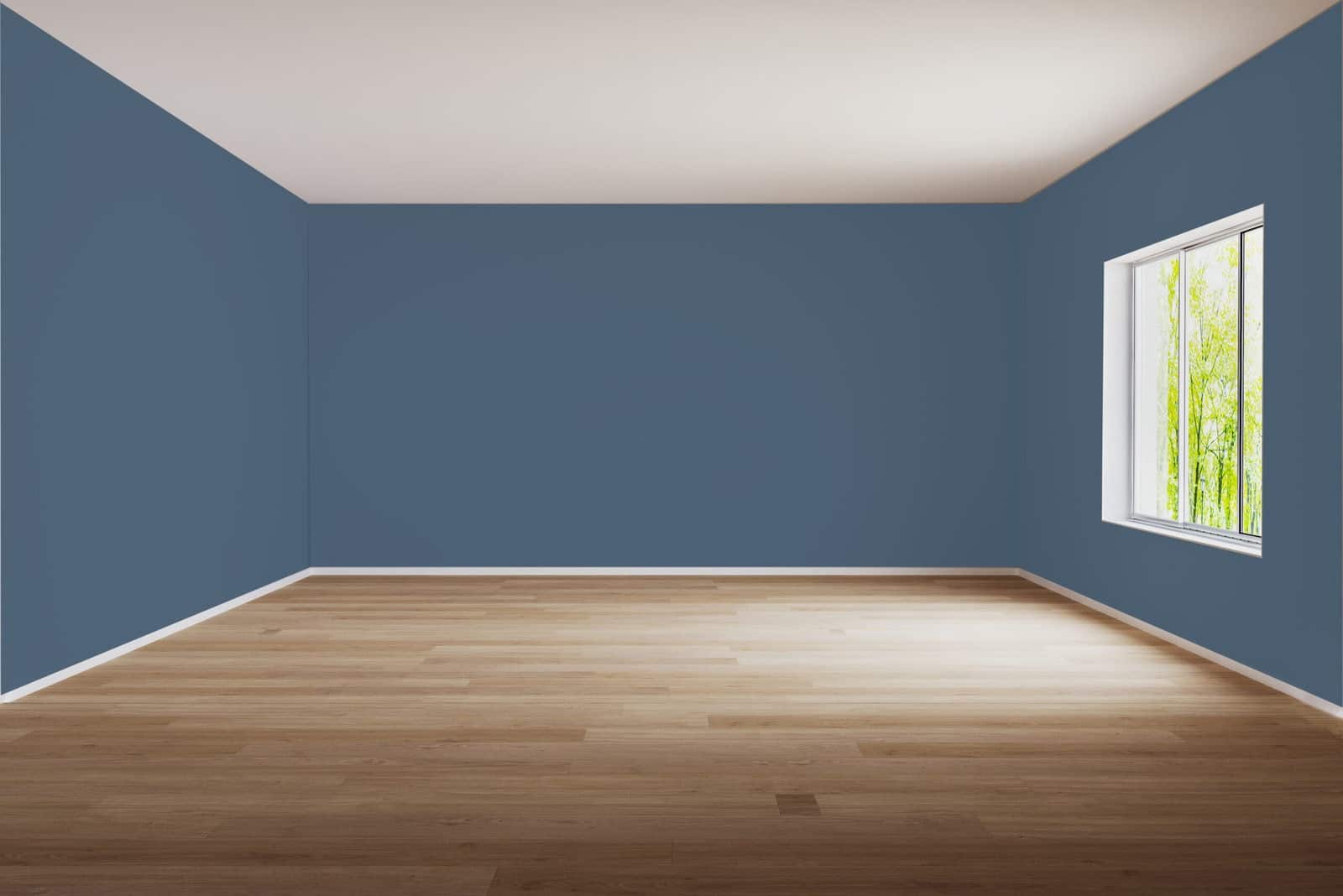
Light coloured ceilings and coloured walls
When the ceiling is light and all the walls in a room are painted in color, a room appears taller, but this effect is better achieved with darker tones.
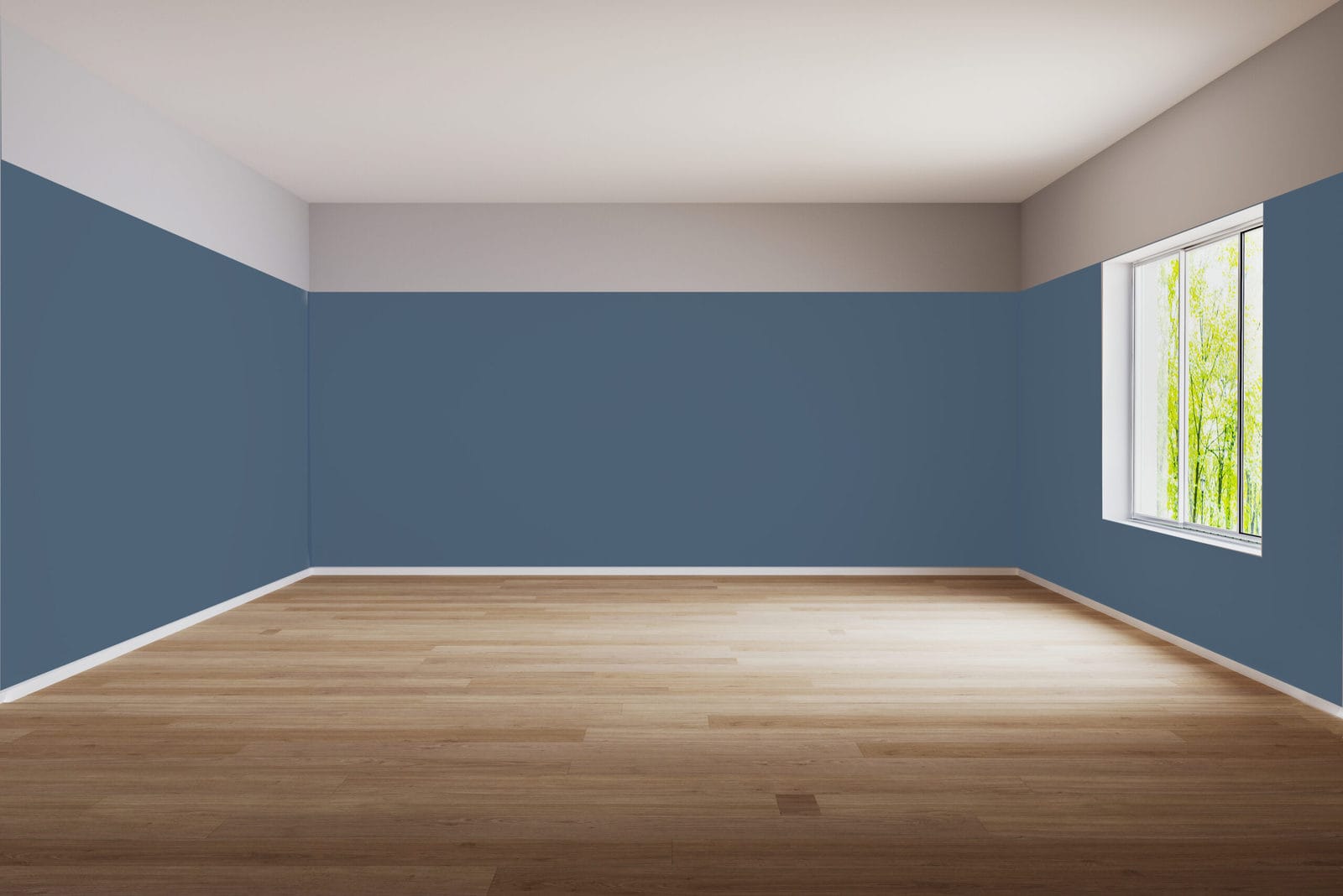
Walls painted in colour with light border on top and light ceiling
In order to make a room appear higher, you can not only paint the
ceiling light, but also leave a stripe in the same light colour at the top of the walls. This effect is also achieved if the walls are painted in a shade that is not quite as dark and is therefore particularly suitable for lighter colours.
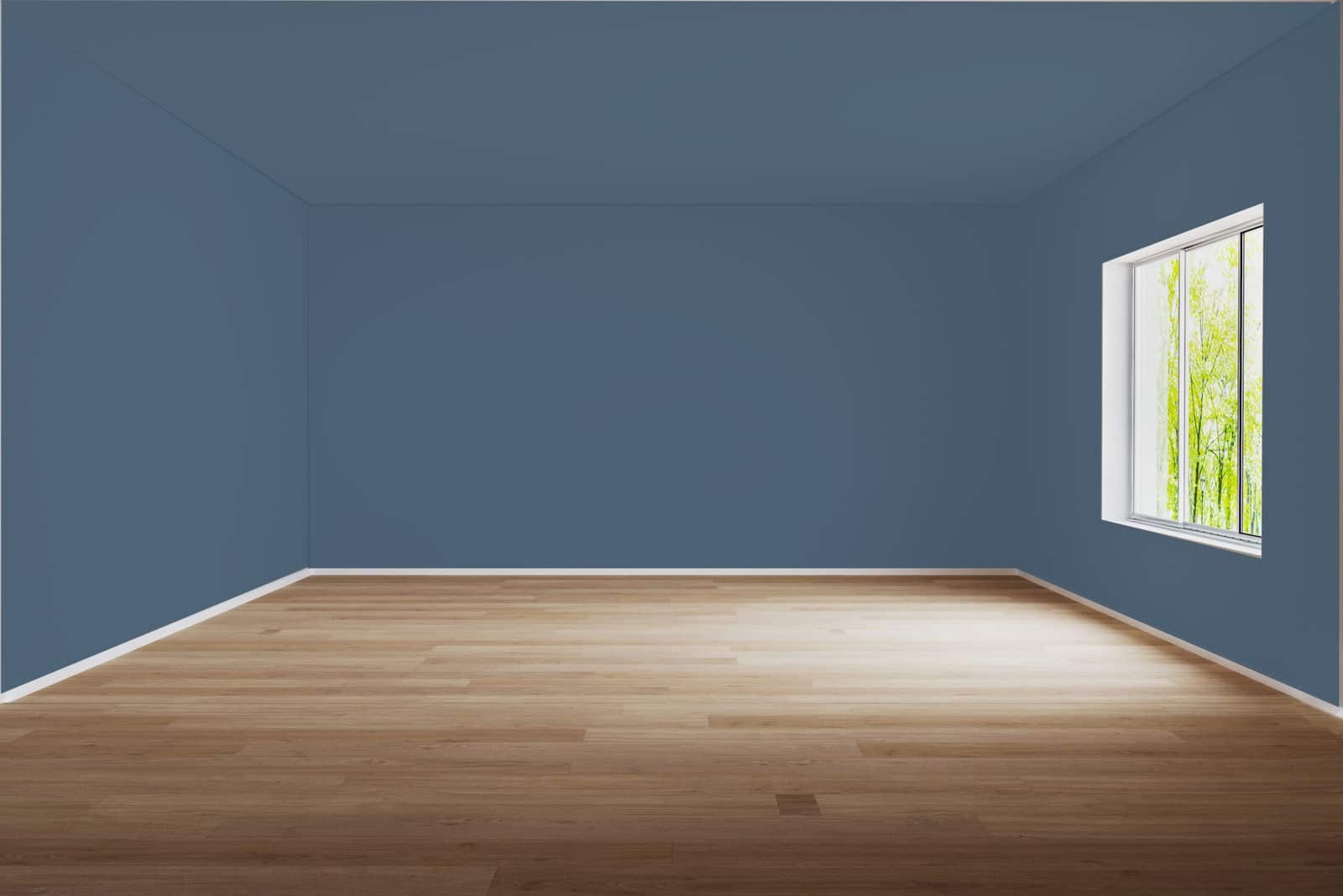
Ceilings and walls uniformly painted dark
You can also paint a room a uniform dark color, from the ceiling to the walls. A room appears smaller and cozier with darker walls and ceilings.
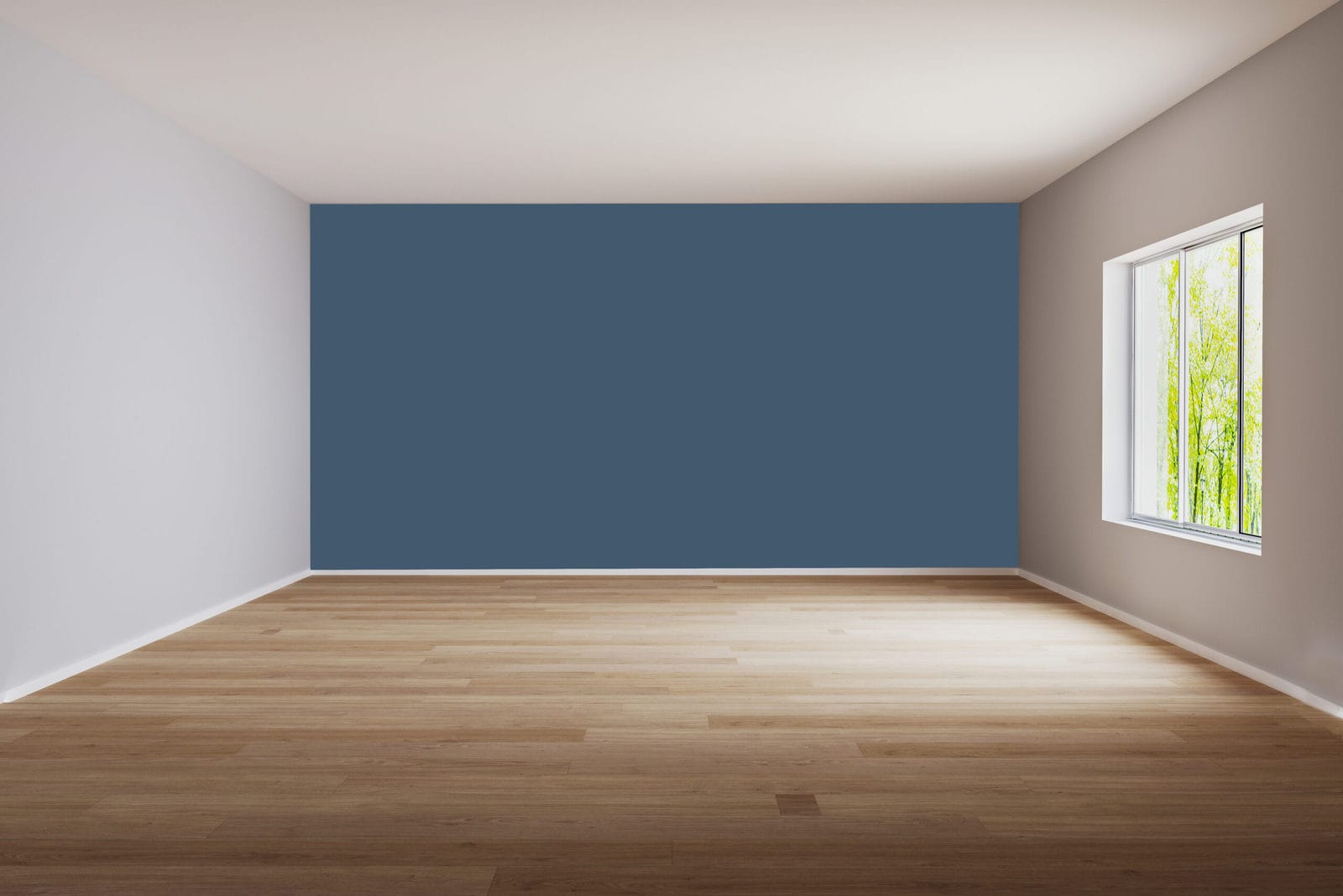
Ceilings and walls painted light, rear wall painted dark
Depending on how the room is divided up, two effects can be achieved with light-colored ceilings and walls, with the back wall being painted in a dark shade. Long rooms appear shorter and narrow rooms appear wider.
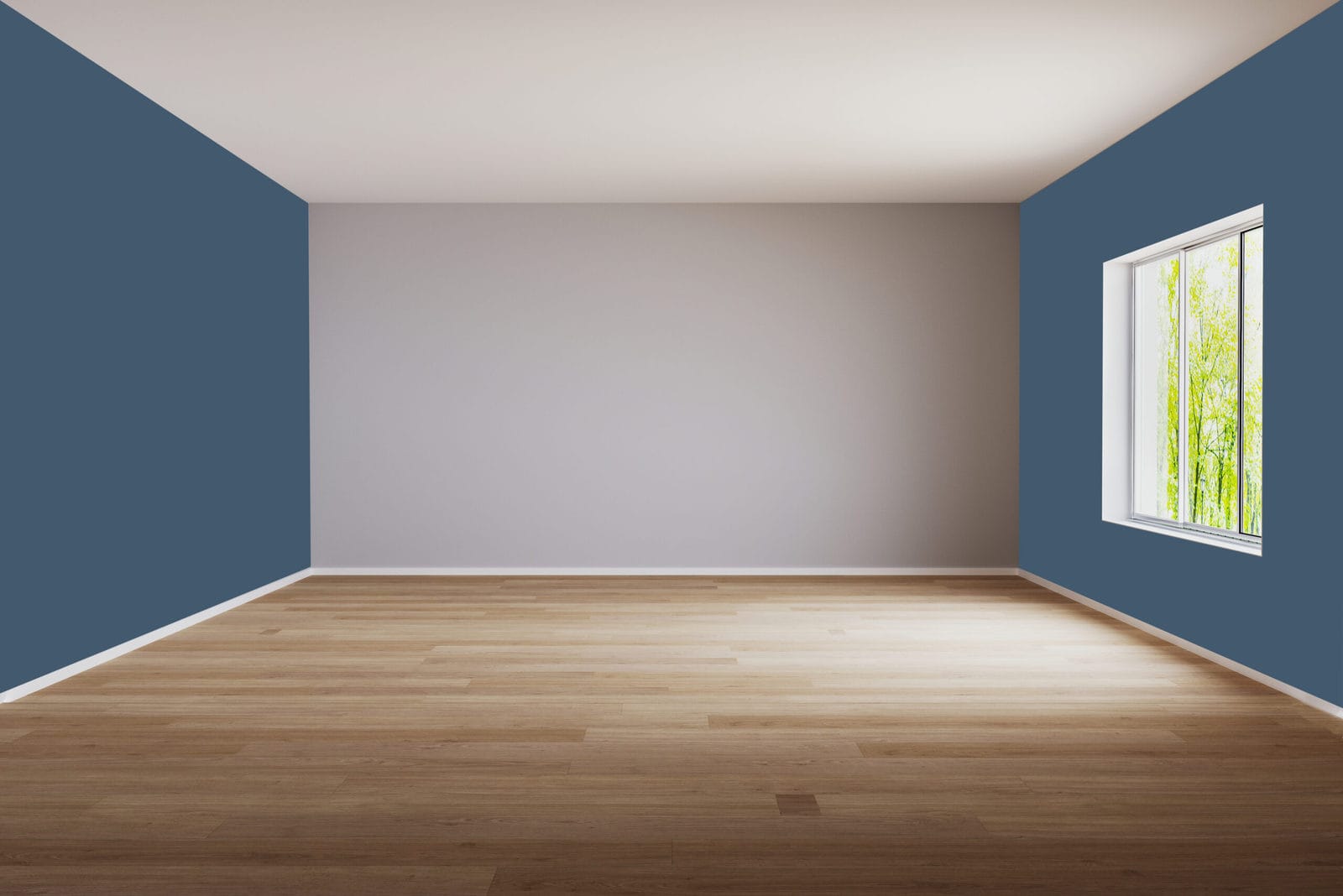
Ceiling and two walls light, two opposite walls dark
To give the room a frame, you can paint two opposite walls dark. The ceiling and other walls are left light, so the length of a room is optically shortened.
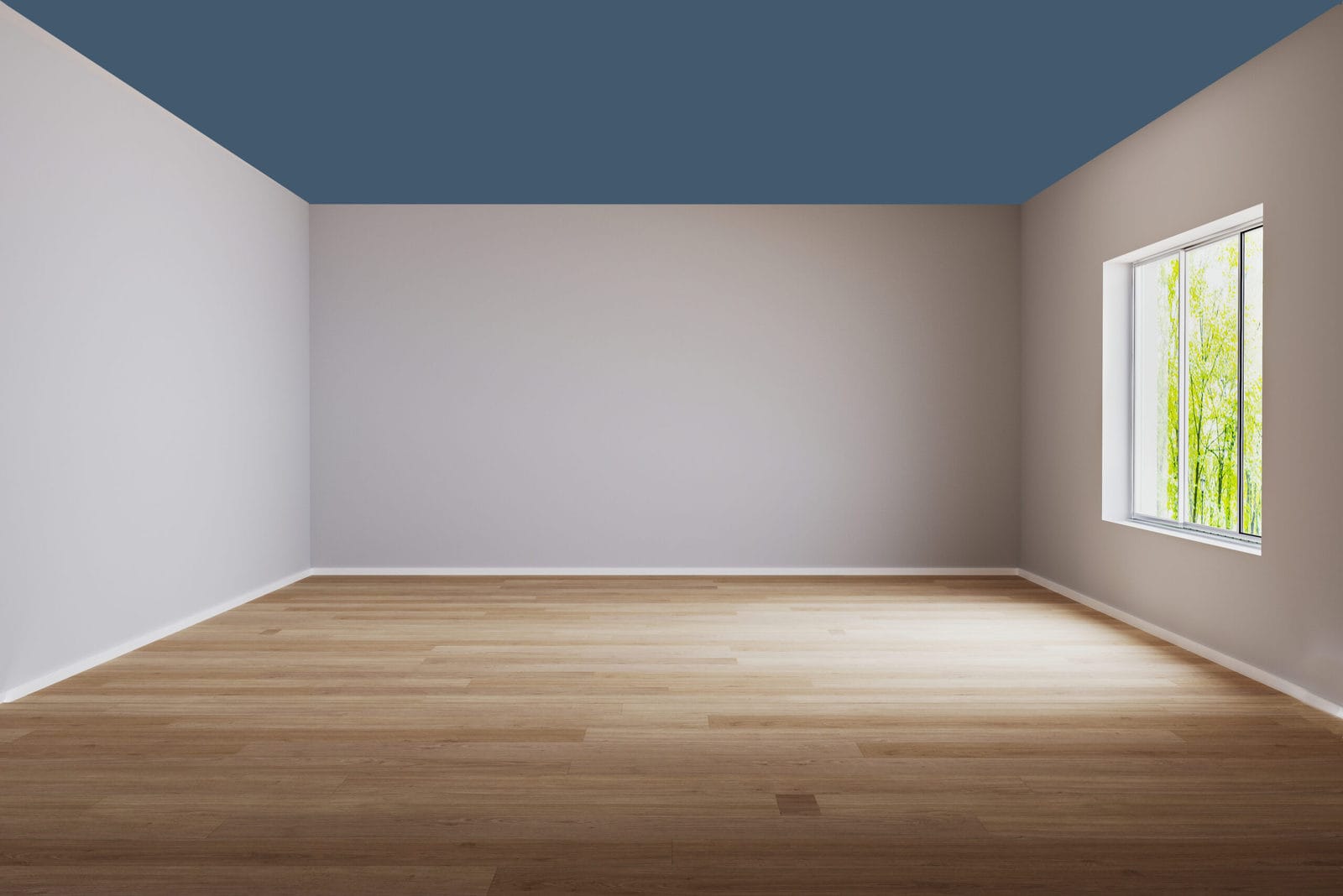
Ceiling dark and walls painted light
If you only paint the ceiling dark and leave the other walls light, you can make rooms look lower. Very high rooms in particular become more comfortable in this way.
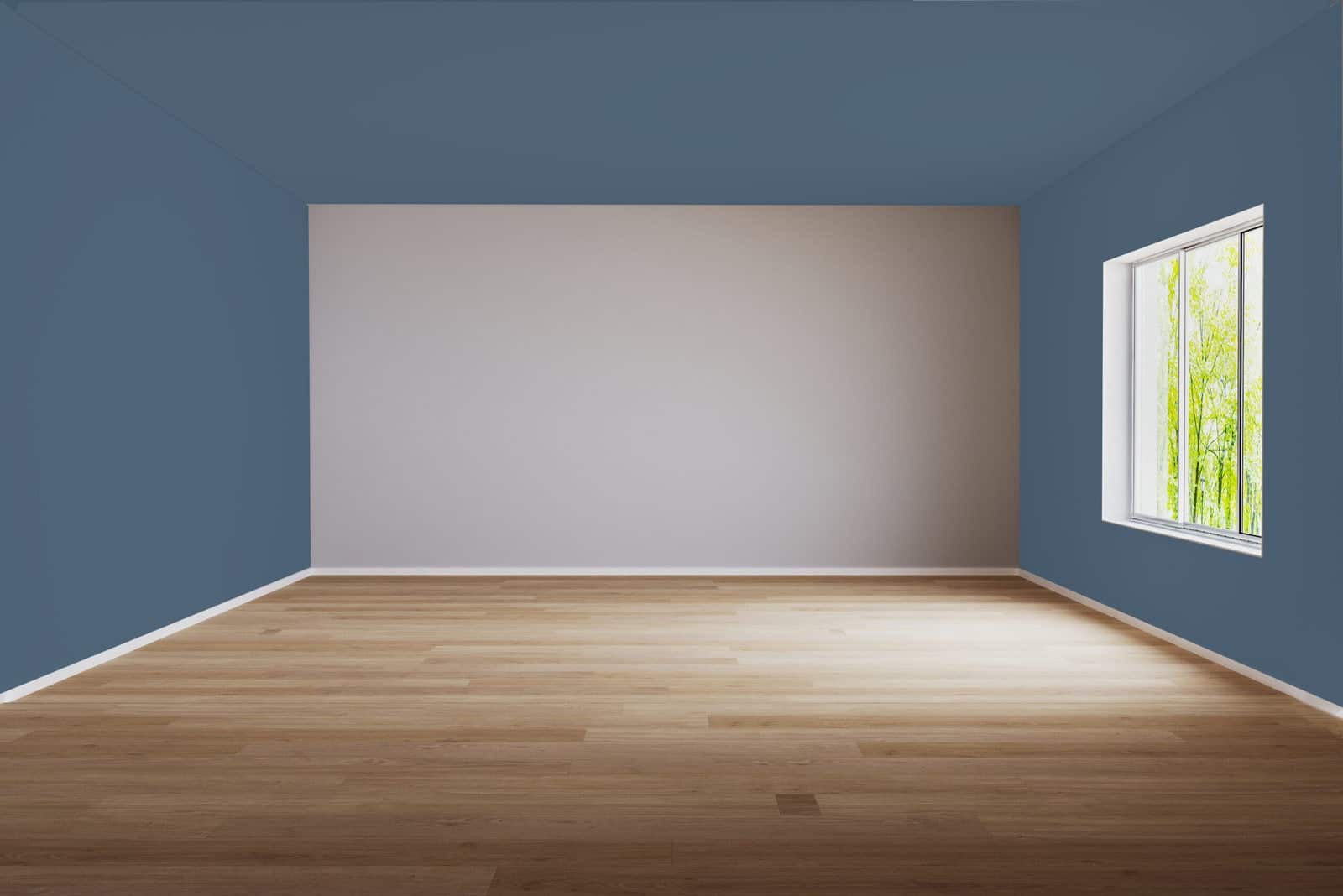
One wall light, ceiling and remaining walls painted dark
Just painting one wall light and painting the ceiling and remaining walls dark can put the focus on the light wall. This allows special pieces of furniture, pictures or decorative elements to be highlighted and staged.
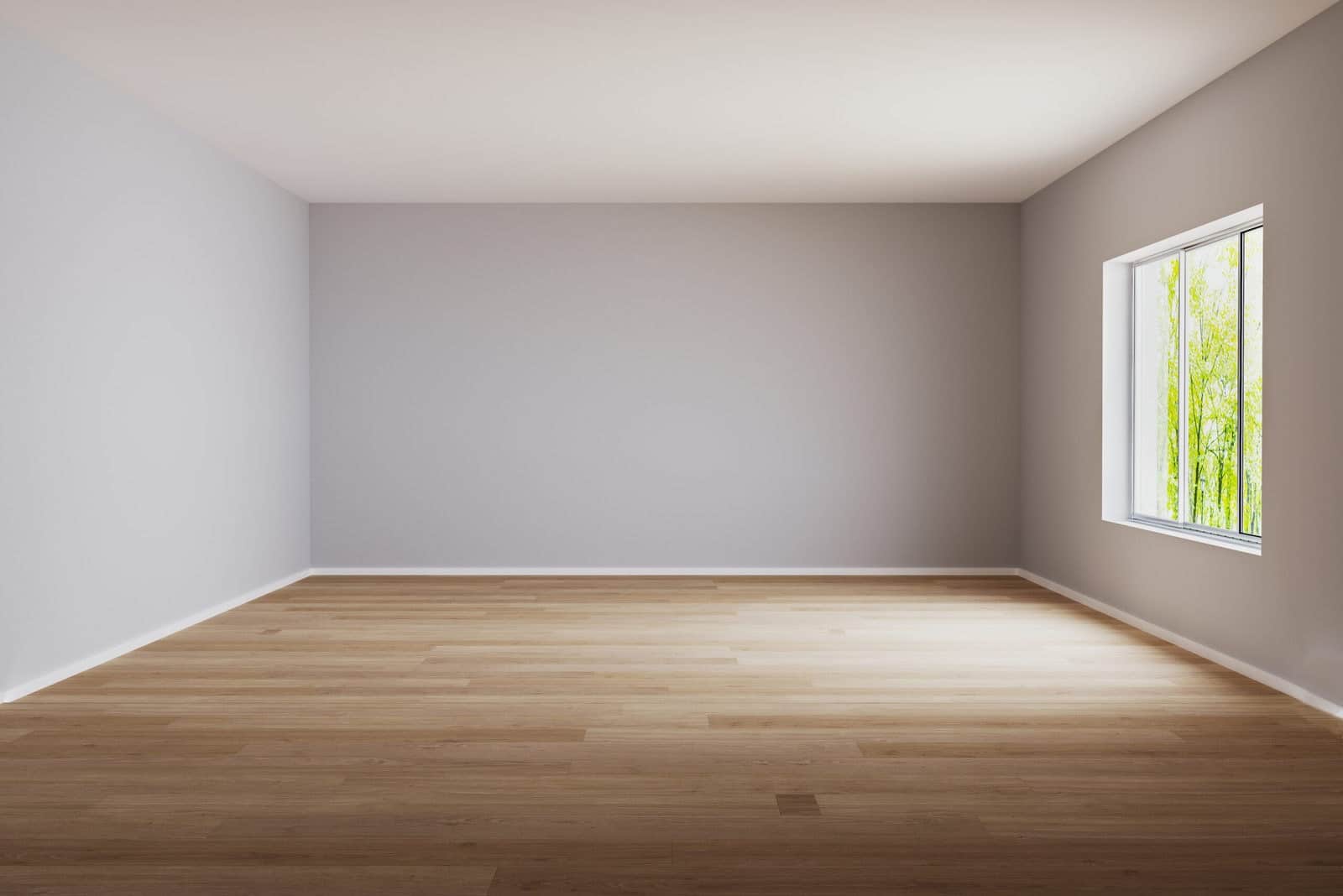
Ceiling and walls uniformly painted light
The variant of painting a room uniformly light, both the ceiling and the walls, makes a room appear larger and airier and thus achieves the opposite effect than painting everything dark.


